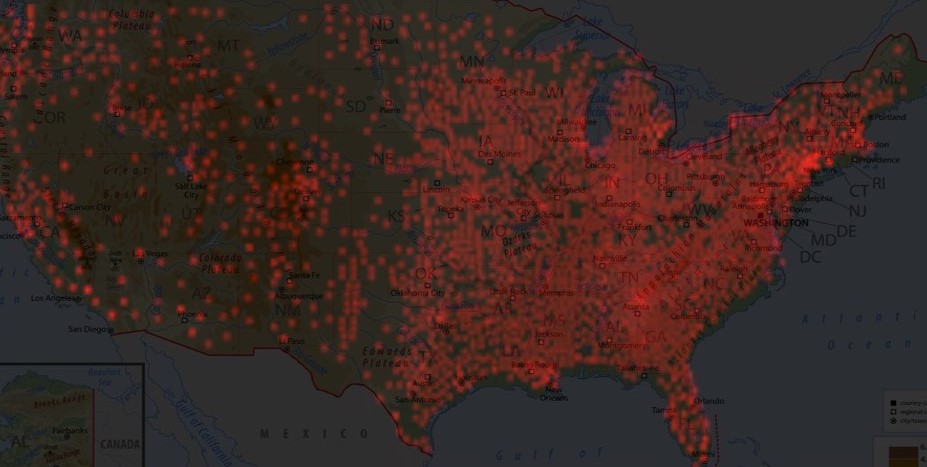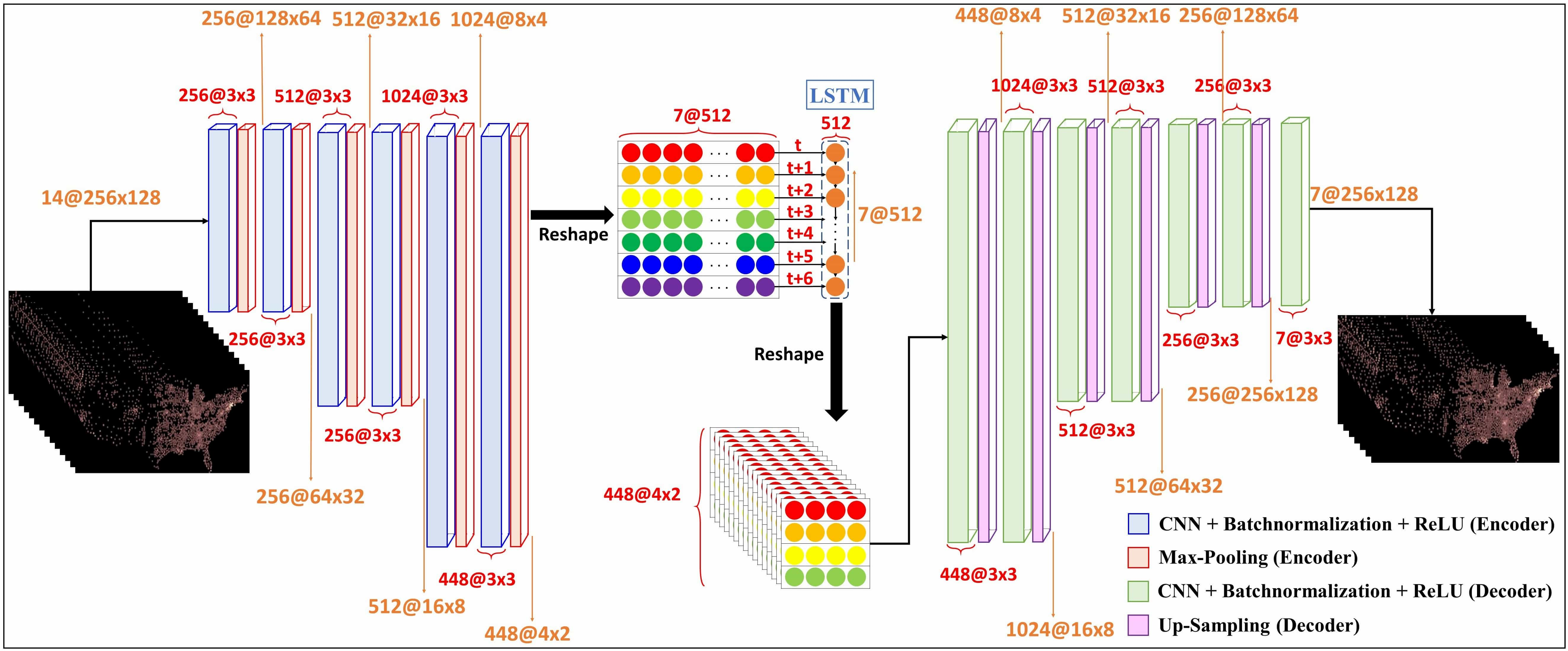| Technical Name | Early Prediction of Coronavirus Disease Epidemic Severity | ||
|---|---|---|---|
| Project Operator | National Sun Yat-sen University | ||
| Project Host | 彭昭暐 | ||
| Summary | This study proposes a model based on latitude and longitude of an area for prediction of severity of the epidemic. Regardless of the traditional array processing method, the latitude and longitude data processing method can retain more data and reduce the data dimension. Feature compression through latitude and longitude can preserve climate information to a great extent. After the data was pre-processed, the prediction of infectivity was conducted through a deep learning architecture proposed in this study which was a hybrid architecture including CNN, LSTM, and Autoencoder. Therefore, the name of the architecture is Convolutional Autoencoder with Long Short-Term (AL-CNN). The results showed that AL-CNN can effectively predict the diffusion mode and growth mode of COVID-19. In the past, many studies have only predicted the total number of infected individuals, and there are relatively few studies on prediction of the number of infected individuals in each area. |
||
| Scientific Breakthrough | The Susceptible-Infected-Removed (SIR) model is often used to predict the Epidemic levels. However, even if the SIR model is used to predict the infectivity of COVID-19, there remains the issue of manual intervention. It is undesirable to manually adjust parameters or shave out unobjective data. Deep learning can reduce manual manipulation of data, and in this method the importance of each dataset is automatically managed by neural networks. We attempted to predict the epidemic levels of COVID-19 by using CAE and AL-CNN models. In the past, several studies have only predicted the total number of infected individuals, and there are relatively few studies on prediction of the number of infected individuals in each area. |
||
| Industrial Applicability | The model structure used in this study shows a very high accuracy in prediction of epidemic levels. Hence, this forecast can effectively assist the country to adjust its epidemic prevention policy. This model can provide more information to observe regional diffusion response. In the past, several studies have only predicted the total number of infected individuals, and there are relatively few studies on prediction of the number of infected individuals in each area. The previous epidemic predictions are all on a large scale (week, month, year), and are not predicted on a daily basis. We believe that forecasting by the method of days is more accurate and allows immediate policy adjustments. Forecasting the epidemic situation in units of days is a major breakthrough in this study. |
||
| Keyword | Autoencoder Convolutional neural networks Severe acute respiratory syndrome coronavirus 2 Coronavirus disease Deep learning Long short-term Machine learning Prediction Transmission Epidemic | ||
- flush0129@gmail.com
other people also saw







